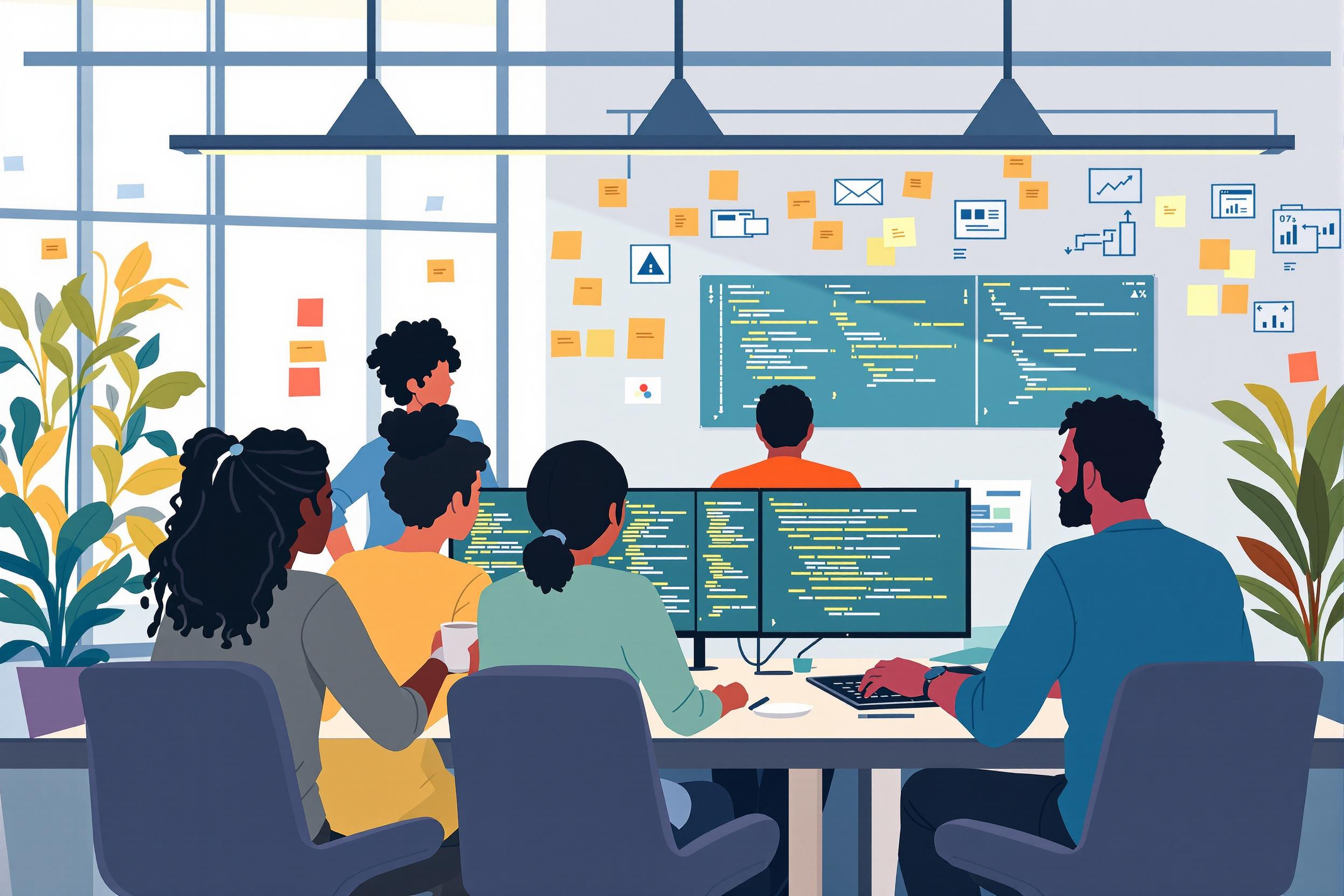
CI/CD
CI/CD (Continuous Integration/Continuous Delivery) is a modern way of releasing software updates quickly and reliably. Think of it like a highly organized assembly line for software. Instead of developers working separately and combining their work manually, CI/CD automatically checks, tests, and prepares code for release. This helps companies deliver new features and fixes faster, with fewer errors. When you see this term in resumes, it usually means the candidate has experience with tools like Jenkins, GitLab, or GitHub Actions that help automate this process. It's similar to quality control in manufacturing, but for software.
Examples in Resumes
Set up CI/CD pipelines that reduced deployment time from days to hours
Implemented automated testing in CI/CD workflow for improved code quality
Managed CI/CD processes for a team of 10 developers
Created and maintained Continuous Integration and Continuous Delivery pipelines
Improved application reliability using CI CD automation
Typical job title: "DevOps Engineers"
Also try searching for:
Where to Find DevOps Engineers
Online Communities
Job Boards
Events & Conferences
Professional Networks
Example Interview Questions
Senior Level Questions
Q: How would you implement CI/CD in a company that has never used it before?
Expected Answer: Should describe a step-by-step approach: starting with basic version control, introducing automated testing, setting up simple deployments, and gradually adding more automation. Should mention change management and team training aspects.
Q: How do you ensure security in a CI/CD pipeline?
Expected Answer: Should discuss security scanning tools, access controls, secure credential management, and regular security audits of the pipeline. Should mention importance of automated security testing.
Mid Level Questions
Q: What are the key components of a CI/CD pipeline?
Expected Answer: Should mention source code management, automated building, testing stages, and deployment processes. Should be able to explain how these components work together.
Q: How do you handle failed deployments in a CI/CD pipeline?
Expected Answer: Should discuss rollback strategies, monitoring systems, automated testing, and how to identify and fix issues quickly when they occur.
Junior Level Questions
Q: What is the difference between Continuous Integration and Continuous Delivery?
Expected Answer: Should explain that Continuous Integration is about regularly combining code changes, while Continuous Delivery is about keeping code ready for deployment at any time.
Q: What basic tools have you used in CI/CD pipelines?
Expected Answer: Should be able to name common tools like Jenkins, GitLab, or GitHub Actions and describe basic tasks like running tests or deploying code.
Experience Level Indicators
Junior (0-2 years)
- Basic understanding of version control
- Knowledge of basic pipeline concepts
- Simple automated testing
- Basic scripting abilities
Mid (2-5 years)
- Pipeline configuration and maintenance
- Deployment automation
- Monitoring and logging setup
- Build process optimization
Senior (5+ years)
- Complex pipeline architecture
- Security implementation
- Multi-environment deployment strategies
- Team leadership and best practices
Red Flags to Watch For
- No experience with version control systems
- Lack of understanding of basic automation concepts
- No knowledge of testing practices
- Unable to explain deployment processes
- No experience with cloud platforms




